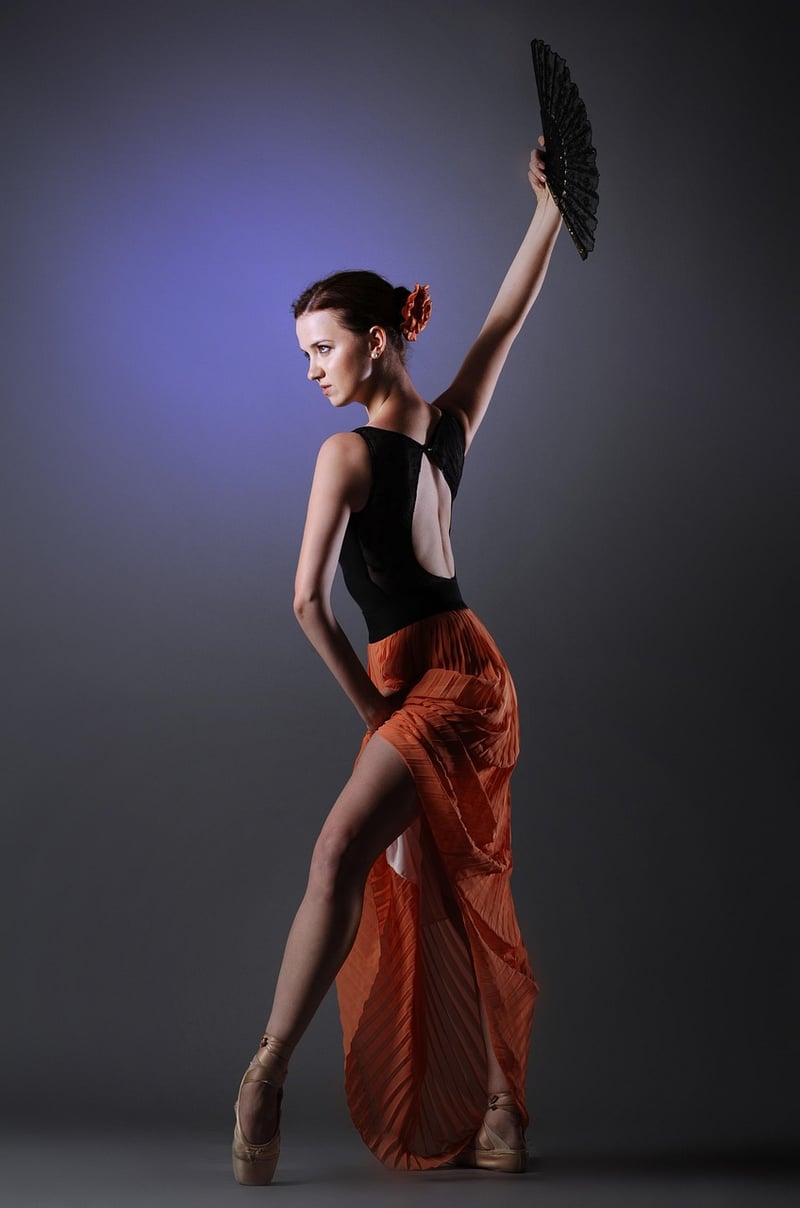Hip Hop
The Power of Expressive Movement in Hip Hop Culture

When it comes to the world of dance, few genres are as dynamic and expressive as hip hop. Originating in the streets of New York City in the 1970s, hip hop culture has evolved into a global phenomenon that encompasses music, art, fashion, and of course, dance.
Expressive Movement
At the core of hip hop dance is the concept of expressive movement. Dancers use their bodies to convey emotions, tell stories, and connect with their audience in a powerful and authentic way. From fluid waves and intricate footwork to explosive jumps and powerful gestures, hip hop dancers use a wide range of movements to express themselves.
The Beat as a Guide
One of the unique aspects of hip hop dance is its close relationship to music. Dancers often use the beat of the music as a guide, syncing their movements to the rhythm to create a visually stunning performance. This connection between music and movement allows dancers to not only showcase their technical skills but also to communicate with the audience on a deeper level.
Freedom of Expression
Unlike more traditional forms of dance, hip hop allows for a greater degree of freedom and individuality. Dancers are encouraged to bring their own style and personality to the dance floor, resulting in a diverse and vibrant range of performances. Whether it's through graffiti-inspired gestures, intricate popping and locking, or high-energy breakdancing, hip hop dancers have the freedom to express themselves in a way that feels true to who they are.
Community and Collaboration
Hip hop culture places a strong emphasis on community and collaboration. Dancers often come together to share knowledge, inspire one another, and push the boundaries of what is possible in dance. Whether it's in the form of freestyle battles, collaborative performances, or dance workshops, hip hop provides a space for dancers to connect, learn, and grow together.
Embracing Diversity
Another hallmark of hip hop culture is its celebration of diversity. Hip hop dance brings together people of all backgrounds, ages, and experiences, creating a rich tapestry of movement styles and perspectives. This inclusivity and openness to different voices and stories is what makes hip hop such a powerful and enduring art form.
So next time you watch a hip hop performance or hit the dance floor yourself, take a moment to appreciate the power of expressive movement in hip hop culture. It's not just about the steps – it's about the stories, emotions, and connections that dance can create.
Keep grooving and keep expressing!
